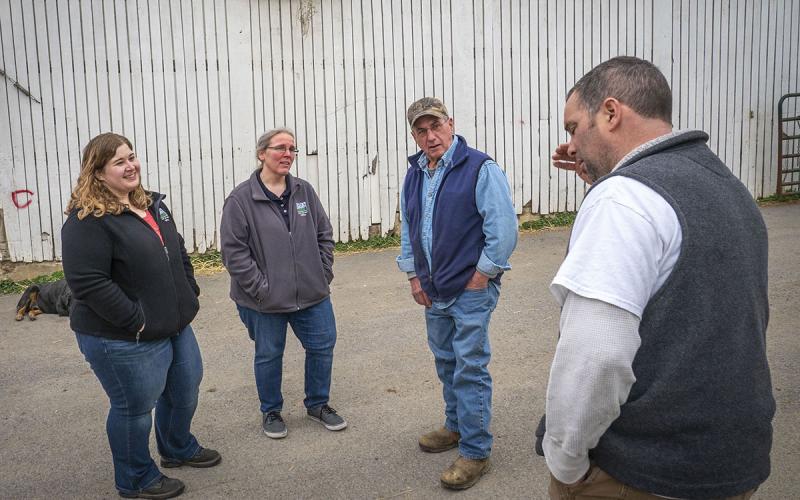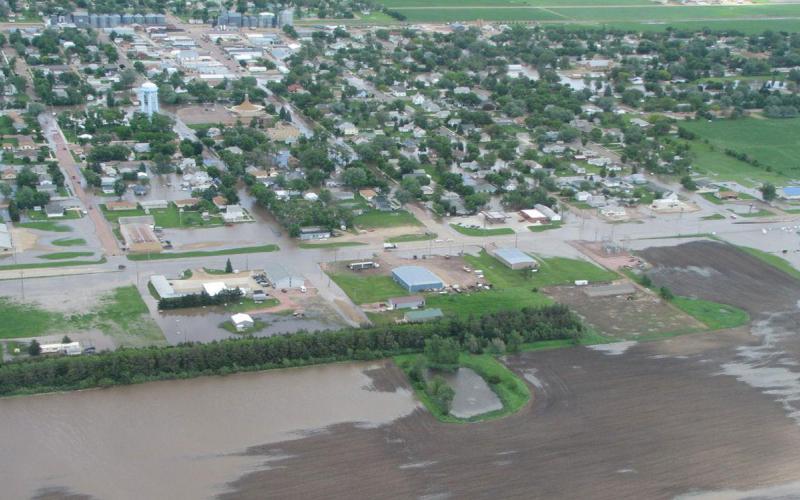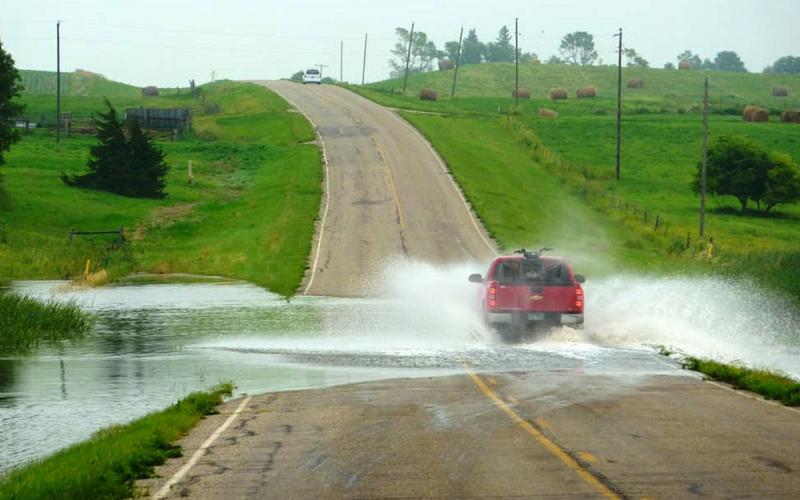Flooding can have devastating impacts on private wells, leading to contamination and potential health risks. In South Dakota, private well owners must take immediate and effective steps to restore their wells after a flood. This guide provides essential information on assessing, repairing, disinfecting, and sampling your well to ensure the safety of your water supply.
Assessing Your Well
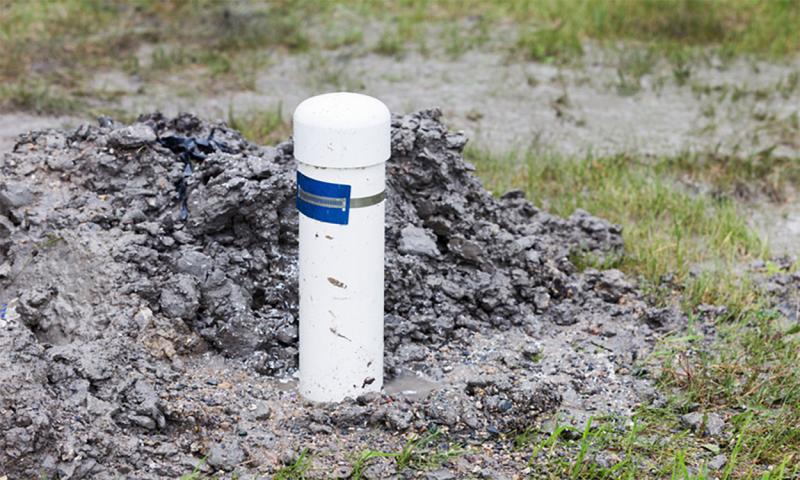
After a flood, your well may exhibit signs of damage and contamination. Here are six critical steps to assess your well:
- Turn off power to the well. Turn off the electricity before inspecting the well to ensure safety.
- Check for flood indicators. Look for debris, mud, water stains, and other signs that the well was flooded.
- Inspect the ground surface. Check for erosion or instability around the well that could allow contaminants to enter.
- Examine electrical components. Look for exposed or damaged wiring and any signs of water intrusion. If electrical components are submerged, seek professional help.
- Inspect the well casing. A bent or cracked casing can allow contaminants to enter the well.
- Check the well cap and seal. Ensure the cap and seal are secure to prevent debris from entering the well.
Repair and Flushing
Before using your well again, follow these steps to clean and flush it:
- Clean the well. Remove visible mud, sediment, and debris from the well casing and other accessible components. If there is excessive mud, seek professional help.
- Regrade the ground. Ensure the ground slopes away from the well casing to prevent surface water contamination.
- Start the pump. After inspection and necessary repairs, turn on the pump. Contact a registered well driller or pump contractor if it does not start.
- Flush the well. Pump the water until it runs clear to remove floodwater contamination. Use a hose connected to an outdoor faucet to direct flushed water away from your septic system or public sewer.
Disinfection
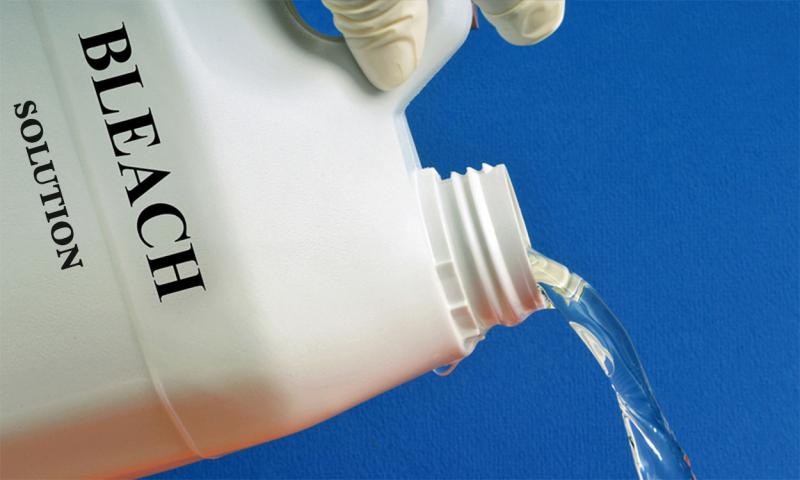
Disinfecting your well is essential to kill any germs that may be present. Follow these steps to sanitize your well:
- Prepare a bleach solution. Mix 2 quarts of regular, unscented household bleach with 10 gallons of water.
- Turn off the power. Turn off the electric power to the well pump before starting the disinfection process.
- Circulate the bleach solution. Attach a hose to an outdoor faucet that is connected to the well and run water through it until it is clear. Pour the bleach solution into the well while the water is running. Recirculate the solution for an hour.
- Rinse and stand idle. Remove the hose, pour additional bleach solution, and let the well stand idle for 8 to 24 hours. Avoid using the water during this period.
- Flush the system. After the idle period, flush the system by running water from the outside faucet until the chlorine odor disappears.
Sampling
Once the well has been disinfected, it is crucial to test the water to ensure it is free from contamination. Follow these steps:
- Obtain a sterile sample bottle. Get a "Bact" bottle from a certified lab.
- Prepare the faucet. Remove any anti-splash screen and disinfect the faucet tip.
- Collect the sample. Run cold water for 4 to 5 minutes, then fill the sterile bottle to the 100 milliliter line without touching the inside of the bottle or cap.
- Submit the sample. Label the sample and submit it to the lab, keeping it chilled during transport.
Protecting Your Well
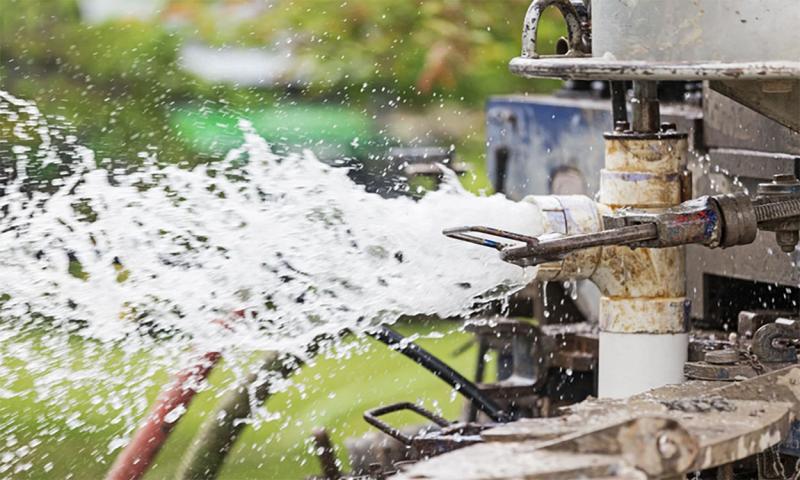
To protect your well from future flood damage, consider the following improvements:
- Retest your well. Regularly test your well water, especially after significant flooding.
- Drill a new well. If your well frequently floods, consider drilling a new one in a less flood-prone area.
- Regrade the property. Ensure proper grading around the well to direct surface water away.
- Extend the well casing. Raise the well casing above the highest recorded flood level.
- Upgrade the well cap. Install a secure well cap to prevent contaminants from entering.
For more information, contact your certified labs or visit the South Dakota Department of Agriculture and Natural Resources website. To request sample bottles for environmental testing, refer to South Dakota Department of Health webpage.
